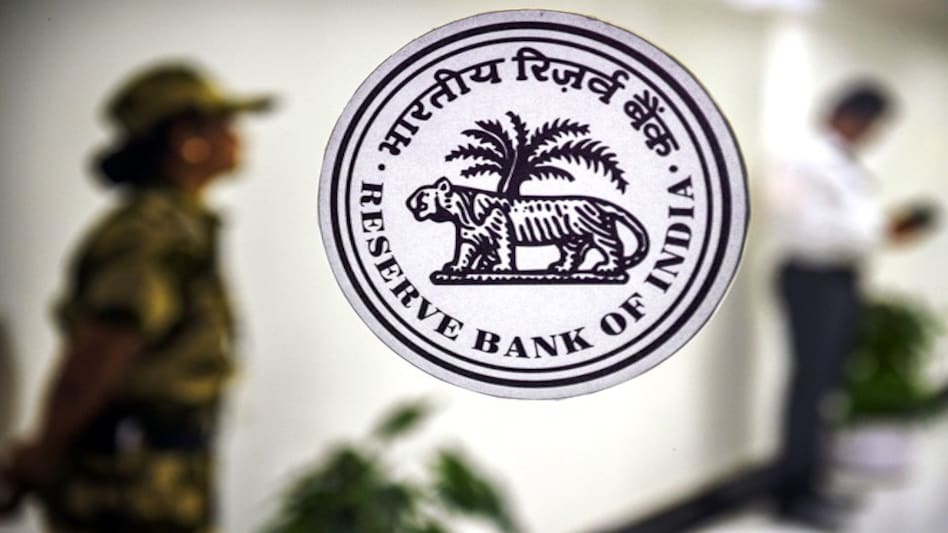 Repo rate is the rate at which RBI lends money to commercial banks
Repo rate is the rate at which RBI lends money to commercial banks  Repo rate is the rate at which RBI lends money to commercial banks
Repo rate is the rate at which RBI lends money to commercial banks The Reserve Bank of India's (RBI) monetary policy committee is likely go for another repo rate cut -- sixth in a row -- to boost liquidity amid declining GDP growth. Analysts expect repo rate cut of 25 basis points, which will take the overall rate cuts to 160 basis points in this financial year alone. This will also take the overall repo rate down from 5.15 per cent to 4.9 per cent for first time in over a decade.
What is repo rate?
Repo rate is the rate at which RBI lends money to commercial banks. If the rate increases, banks have to pay more for borrowing money from RBI. Similarly, if the rate decreases, banks have to pay less to the RBI for borrowing money. RBI takes the decision to increase or decrease the repo rate based on liquidity in the market.
How does repo rate cut make loans cheaper?
When RBI cuts repo rate, it expects banks to pass on the benefit by lowering interest rates on all types of loans, including home loans and car loans. Consumers benefit because this reduces their EMIs.
ALSO READ: Nearly 3% Mudra loans turn into bad loans, says govt
But why aren't loans getting cheaper?
The loans are not getting cheaper because banks are shying away from transferring the entire repo rate cut to customers. The repo rate was 8 per cent when NDA came to power in 2014, which has decreased to 5.15 per cent. And if there is a further cut, it will go down to less than 5 per cent.
There is already a reduction of 2.85 per cent in repo rate but banks have not transferred the benefits to consumers; they have not reduced interest rates in proportion to repo rate cuts.
Some banks have reduced their interest rates, but it has been negligible. SBI, for example, cut lending rate, across all tenors by 5 basis points with effect from November 10. After the cut, MCLR for three-year period came down to 8.2 per cent from 8.25 per cent. One year MCLR has been cut to 8 per cent from 8.05 per cent. Similarly, India's largest private bank, HDFC Bank, also reduced MCLR for six-month, one-year and two-year tenors by 5 bps each to 8.10 per cent, 8.30 per cent and 8.40 per cent, respectively, from November 7.
ALSO READ: Xiaomi launches personal loan service Mi Credit in India
Why can't RBI force the banks to transfer the rate cuts?
Both the government and the RBI have repeatedly urged banks to pass on the benefits. In fact, RBI has made it mandatory for banks to link all new floating rates personal or retail loans to key lending rates, also called external benchmarks, from October 1. This was done to ensure the banks immediately transfer the benefits to consumers.
However, banks hiked their margin and prevented full rate cut benefit from being passed on to the end consumer. State Bank of India (SBI) has hiked its margin to 2.65 per cent from 2.25 per cent applicable earlier.
But, going forward things will change as banks will now be forced to pass on any rate cut to borrowers who have taken floating rate loans under external benchmark system. However, this reset of interest rate as per the changes in the external benchmark takes place typically once in a quarter.
Since all banks had last fixed their rate in the month of October this year, so the next reset will take place in January when banks will reduce the interest rates proportionate to drop in corresponding external benchmark. As most of the banks have selected repo rate as their benchmark, their borrowers will get the reduction benefit.
ALSO READ: SBI writes off agriculture loans worth Rs 14,000 crore in 5 years; NPAs jump to 13.49%
Copyright©2025 Living Media India Limited. For reprint rights: Syndications Today